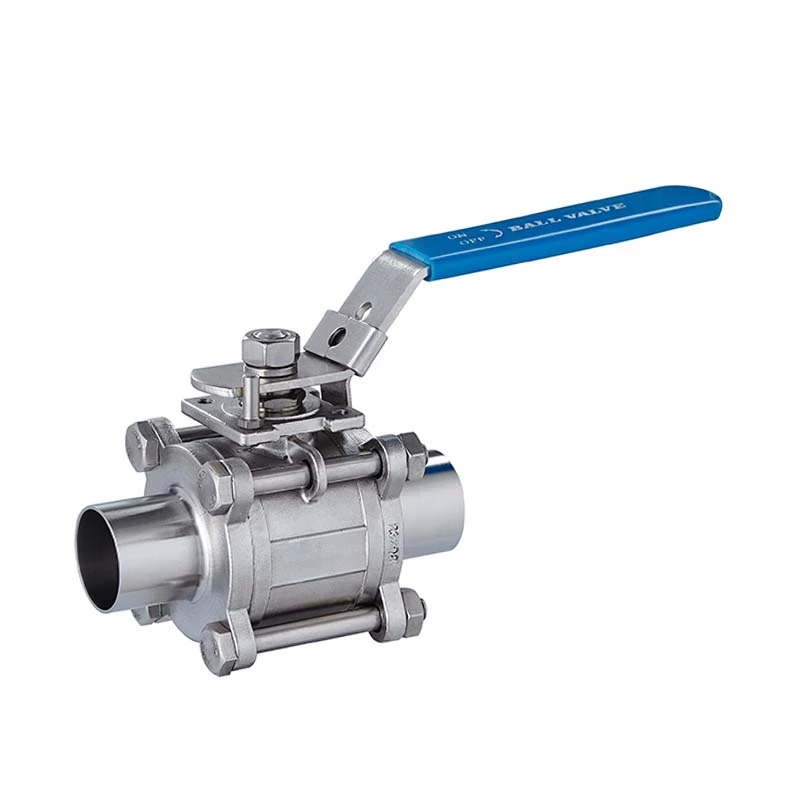What Are The Differences Between Sanitary Quick-release Ball Valves And General Pneumatic Ball Valves?
Sanitary Ball Valve is also suitable for pipeline systems with light structures, low pressure cut-off (small pressure difference), and corrosive media. Ball valves can also be used in low temperature (deep cold) devices and pipeline systems. In the oxygen pipeline system of the metallurgical industry, ball valves that have been strictly degreased must be used. When the main pipeline in the oil pipeline and gas pipeline needs to be buried underground, a full-bore welded ball valve must be used. When the adjustment performance is required, a quick-install ball valve with a V-shaped opening structure must be selected. In petroleum, petrochemical, chemical, electric power, and urban construction, metal-to-metal sealed ball valves can be used for pipeline systems with working temperatures above 200 degrees.
What are the differences between sanitary quick-install ball valves and general pneumatic ball valves?
1. Valve body material Sanitary pneumatic ball valves can only be made of 304SS, 304L or 316, 316L stainless steel. After production and processing, they are specially treated, while industrial valves can be made of cast iron, cast steel, ductile iron, stainless steel, and a wide range of materials. Because the application environment of sanitary valves is pharmaceutical, food, daily chemical industry, etc., which have high requirements for sanitary level, these products are edible or directly contact with human body, so some machines produced are required to have very high sanitary conditions.
However, general valve materials such as steel, iron, copper, etc. are not satisfactory. Let's talk about steel and iron first. These materials as valves will corrode and rust if the humidity in liquid or air is relatively high, and then pollute the product. The same is true for copper valves, and copper rust is still a toxic substance, so it is even more impossible to use it as a sanitary valve.
2. Appearance The sanitary pneumatic ball valve is electronically polished in accordance with the standard, and the smooth surface ensures cleanliness, without medium accumulation area, and no potential pollution will occur; industrial valves are generally formulated according to application requirements, mainly in high temperature and high pressure working environment. Long service life and flexible operation methods, the appearance and interior are not as smooth and beautiful as sanitary valves, but in many places, sanitary valves cannot be replaced.
3. Connection method The sanitary pneumatic ball valve generally adopts the method of clamp quick installation and thread connection; while the connection methods of industrial valves include flange, thread, quick installation, welding, etc.
